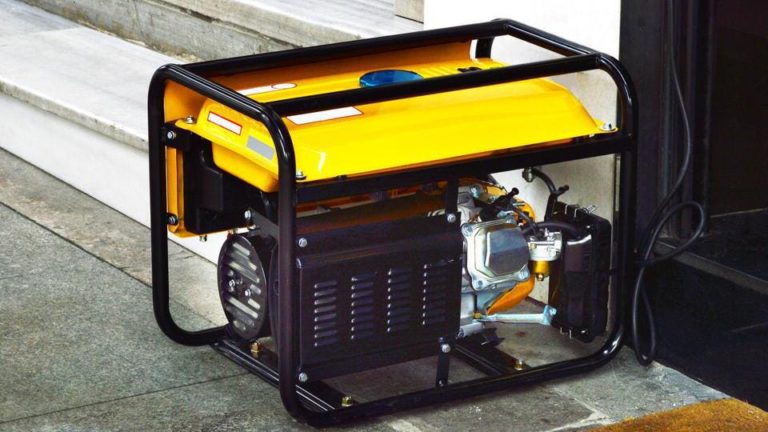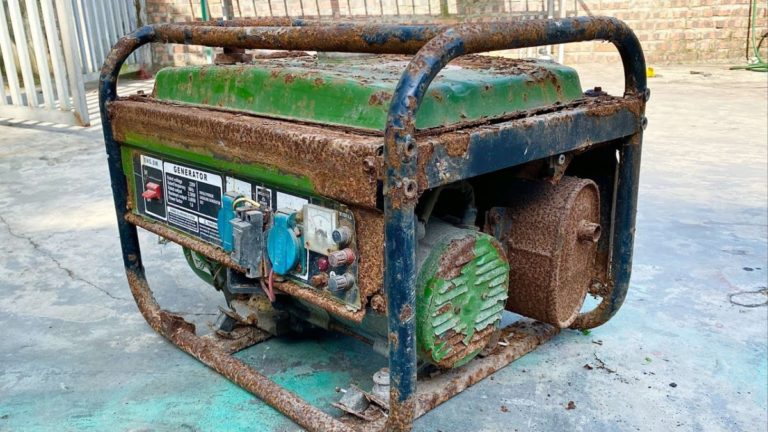As winter sets in and temperatures drop, your batteries are at risk of freezing, causing irreparable damage.
However, by taking a few simple precautions, you can protect your batteries from the harsh effects of cold weather.
Whether you use batteries for your car, motorcycle, or other devices, it’s essential to understand how to keep them safe during the winter months.
We will provide practical tips and actionable advice on how to prevent battery freezing in cold temperatures.
So, if you’re ready to learn more about keeping your batteries alive all year round, then let’s dive right in!
Use a battery case or insulated bag
These can provide an extra layer of protection against the cold and help keep your batteries warm.
Cold weather can cause batteries to drain faster and can even cause damage to the cells, reducing their overall lifespan.
By using a cold-weather kit, you can provide an extra layer of protection against the cold and keep your batteries warm.
These kits typically include insulated cases or bags, thermal blankets, and heating pads that can be placed on the batteries to maintain their temperature.
These kits may include specialized battery terminals that are designed to withstand cold temperatures and prevent corrosion.
By investing in a cold-weather kit, you can ensure that your portable power station is ready to perform at its best, even in freezing temperatures.
Keep your batteries close to your body
When you’re in cold weather, your body heat can help keep your batteries warm, so try to keep them close to your body as much as possible.
When you’re in cold weather, your body heat can be a valuable resource for keeping your batteries warm and functioning properly.
Your body generates heat through metabolic processes, such as breathing and moving, and this heat can be used to keep your batteries warm and functioning.
To take advantage of this, it’s important to keep your batteries close to your body as much as possible.
This can be achieved by carrying your batteries in a pocket or pouch that is close to your body, such as a chest pocket or a waist pouch.
By doing so, you can trap the warmth of your body heat around the batteries, helping to maintain their temperature and extend their lifespan.
Keeping your batteries close to your body can also help to reduce the risk of them becoming damaged or drained due to exposure to cold temperatures.
Overall, by taking advantage of your body heat, you can help to keep your batteries warm and functioning properly in cold weather conditions.
Use a warming pack
If you’re going to be out in extremely cold weather, consider using a warming pack to keep your batteries warm. You can purchase these at most outdoor gear stores.
When venturing out into extreme cold temperatures, it’s important to keep your batteries warm to ensure optimal performance and prevent damage.
A warming pack can be a lifesaver in these conditions, as it can provide a constant source of heat to keep your batteries toasty.
These packs can be purchased at most outdoor gear stores and are designed specifically for this purpose.
They typically contain a heat source, such as a chemical reaction or a battery-powered heating element, and are encased in a protective outer layer to keep your batteries safe from the elements.
By using a warming pack, you can prevent your batteries from freezing or becoming damaged due to exposure to cold temperatures.
This is especially important if you’re planning to use any electronic devices, such as a GPS or a camera, as these devices can be rendered useless if your batteries are too cold.
Keeping your batteries warm can also help to increase their lifespan and performance, as cold temperatures can cause them to drain faster and lose their charge more quickly.
So, whether you’re hiking in the mountains or camping in sub-zero conditions, make sure to bring a warming pack to keep your batteries warm and functional.
Keep your batteries dry
Moisture can cause batteries to freeze, so make sure to keep them dry. If you’re using your batteries in wet conditions, try to keep them as dry as possible.
When it comes to storing or using batteries in wet conditions, it’s essential to keep them as dry as possible.
Moisture can cause batteries to freeze, which can lead to a range of issues, including damage to the battery’s internal components, reduced performance, and even complete failure.
To prevent this from happening, make sure to store your batteries in a dry, well-ventilated area, away from any sources of moisture.
If you’re using your batteries in wet conditions, consider using a waterproof housing or covering the batteries with a breathable material, such as a nylon mesh, to keep them dry.
Avoid exposing your batteries to extreme temperatures, as this can also affect their performance and longevity.
By taking these precautions, you can help ensure that your batteries remain in good condition and continue to provide reliable performance.
Avoid using high-drain devices
Devices like GPS units and cameras can drain your batteries quickly, so try to limit your use of these in cold weather.
When venturing into cold weather, it’s essential to conserve your device’s battery life to ensure you don’t get stranded without a functioning device.
Devices like GPS units and cameras can drain your batteries quickly, especially in cold temperatures.
This is because these devices use more power to function properly in cold conditions.
For example, GPS units need to work harder to get a accurate signal in cold weather, which can quickly deplete the battery.
Similarly, cameras may use more power to compensate for the low light conditions, which can also drain the battery faster.
To limit the usage of these devices, it’s best to avoid using them excessively in cold weather and instead, rely on other sources of navigation and communication, such as maps and compasses.
Keep your devices in a warm place whenever possible, such as inside your jacket or in a heated vehicle, to conserve battery life.
By taking these precautions, you can ensure that your devices remain functional and reliable throughout your cold weather adventure.
Use a low-power mode
Many devices have a low-power mode that can help conserve battery life. Turn on this mode when you’re not using your device to help preserve your batteries.
If you’re looking to conserve battery life on your devices, consider enabling the low-power mode when you’re not actively using them.
This feature is designed to reduce power consumption by limiting performance, turning off unnecessary background processes, and disabling unnecessary functions.
By turning on low-power mode, you can significantly extend the battery life of your devices.
For example, on an iPhone, you can enable the Low Power Mode feature in the Settings app under Battery.
This will turn off unnecessary background tasks, reduce the screen’s brightness, and limit the CPU’s power consumption.
By simply flipping this switch, you can potentially double or even triple your device’s battery life.
You can adjust the settings for this feature to automatically enable it when your battery level falls below a certain percentage, such as 20%.
By taking advantage of low-power mode, you can ensure your device stays powered on throughout the day without needing to recharge.
So, when you’re not actively using your device, be sure to turn on low-power mode to preserve your battery life.
Charge your batteries before heading out
If you’re going to be out in cold weather, make sure to fully charge your batteries before you leave. This will help ensure that you have enough power to last throughout the day.
When venturing out into cold weather, it’s essential to fully charge your batteries before leaving.
This will provide you with sufficient power to last throughout the day, ensuring that your devices remain operational and accessible when you need them.
Cold weather can quickly drain device batteries, so it’s important to start with a full charge to avoid any inconvenience or potential stranding.
To maximize battery life, it’s recommended to keep your devices in a warm, dry place when not in use, and to avoid exposing them to extreme temperatures.
It’s a good idea to carry a portable charger or spare batteries in case of an emergency.
By taking these precautions, you can enjoy your outdoor activities with confidence, knowing that your devices will remain reliable and functional throughout the day.
Bring spare batteries
If you’re going to be out for an extended period of time, consider bringing spare batteries in case your current ones run out. This will help ensure that you can keep using your devices even in cold weather.
If you’re planning to be away from a power source for an extended period of time, it’s essential to prepare ahead to avoid any inconvenience or loss of functionality.
One important aspect to consider is the battery life of your devices.
Cold weather can significantly reduce the lifespan of batteries, so it’s important to bring spare batteries to ensure uninterrupted use of your devices.
Look for high-capacity batteries that can withstand the cold and last longer.
Consider investing in a portable power bank that can be recharged using a USB power source.
This will not only provide a backup power source but also help maintain the health of your devices’ batteries by avoiding overcharging.
By taking these precautions, you’ll be able to stay connected and productive even when you’re away from a power source for an extended period.
Want More? Dive Deeper Here!
Hey there! If you’re the type who loves going down the rabbit hole of information (like we do), you’re in the right spot. We’ve pulled together some cool reads and resources that dive a bit deeper into the stuff we chat about on our site. Whether you’re just killing time or super into the topic, these picks might just be what you’re looking for. Happy reading!






